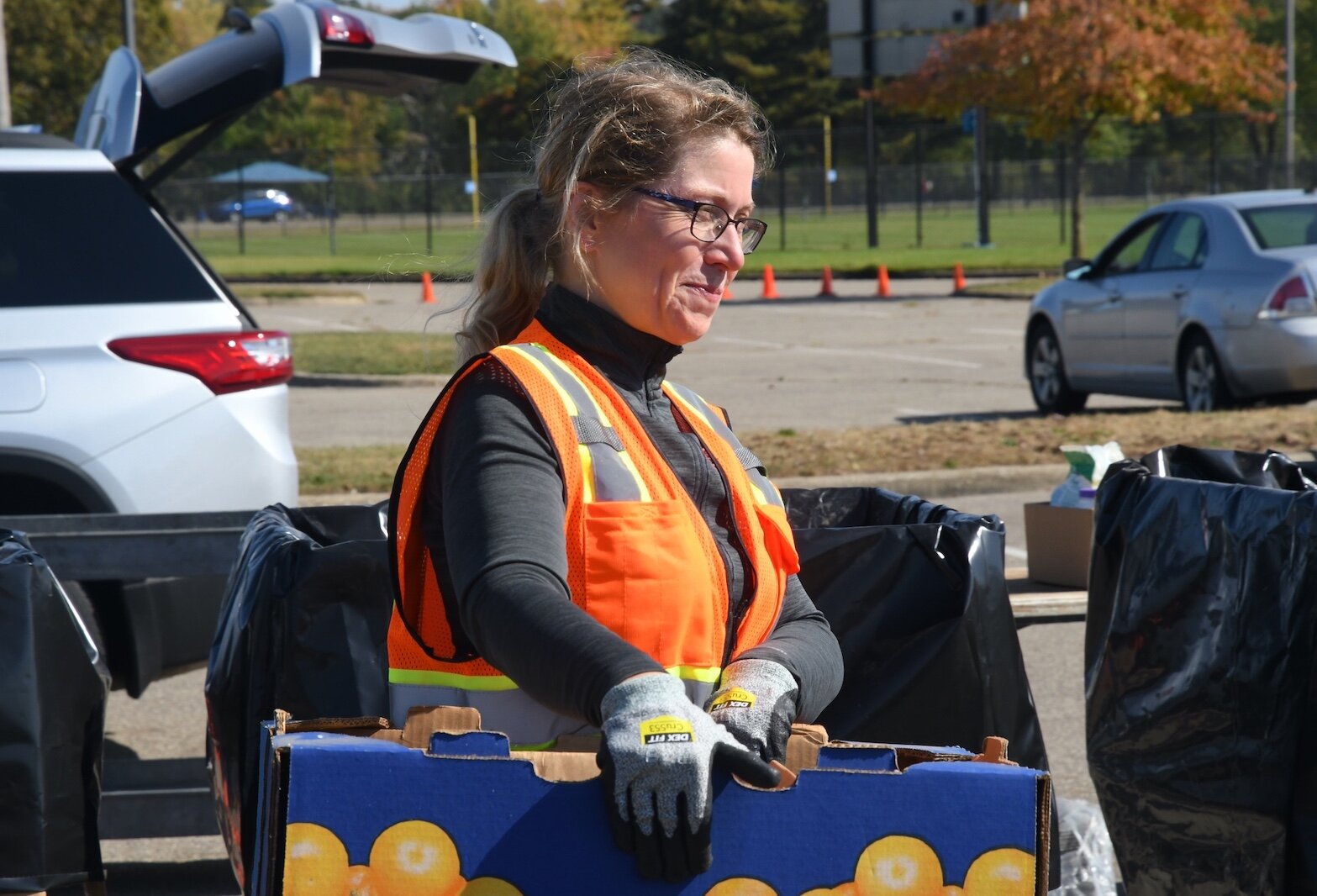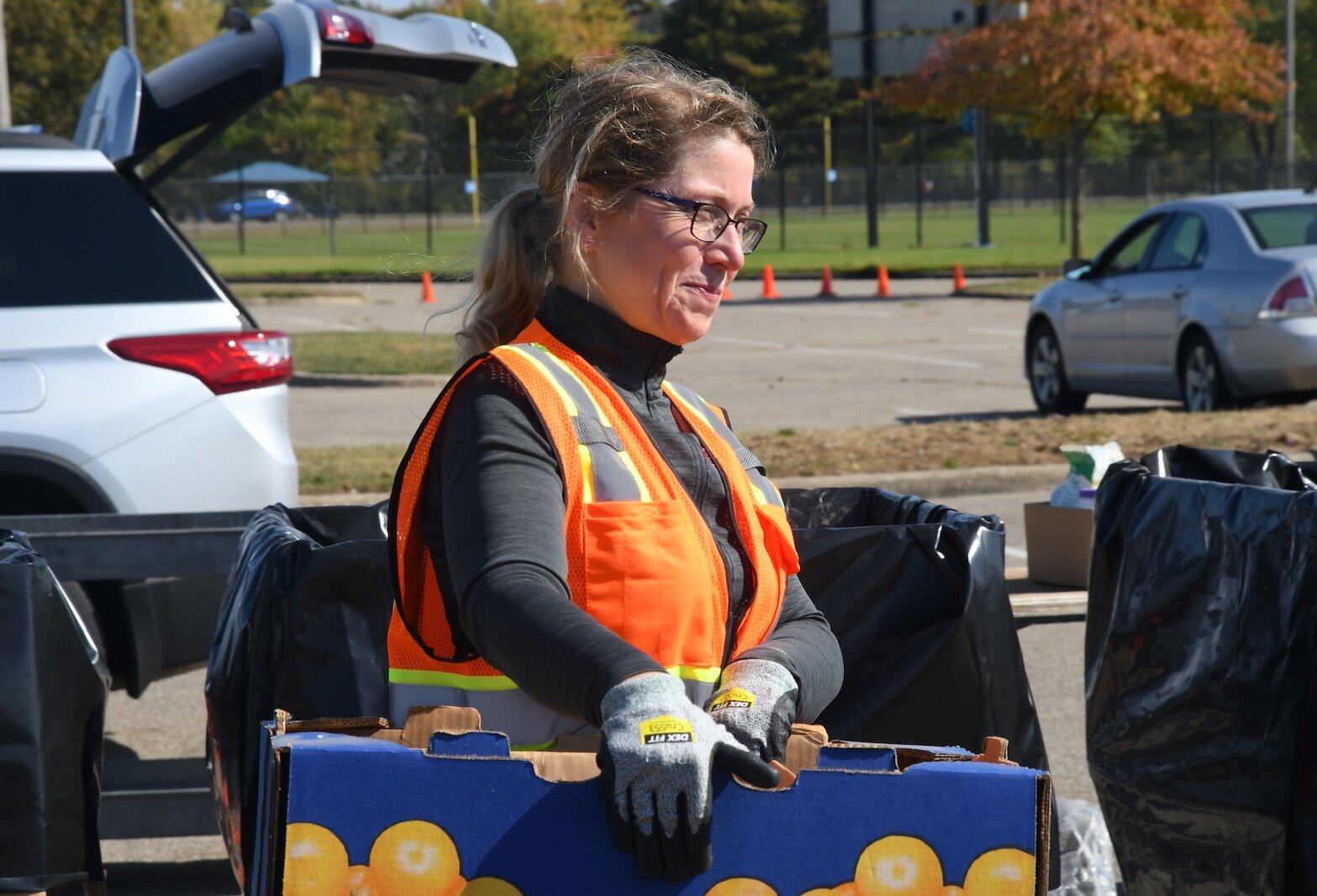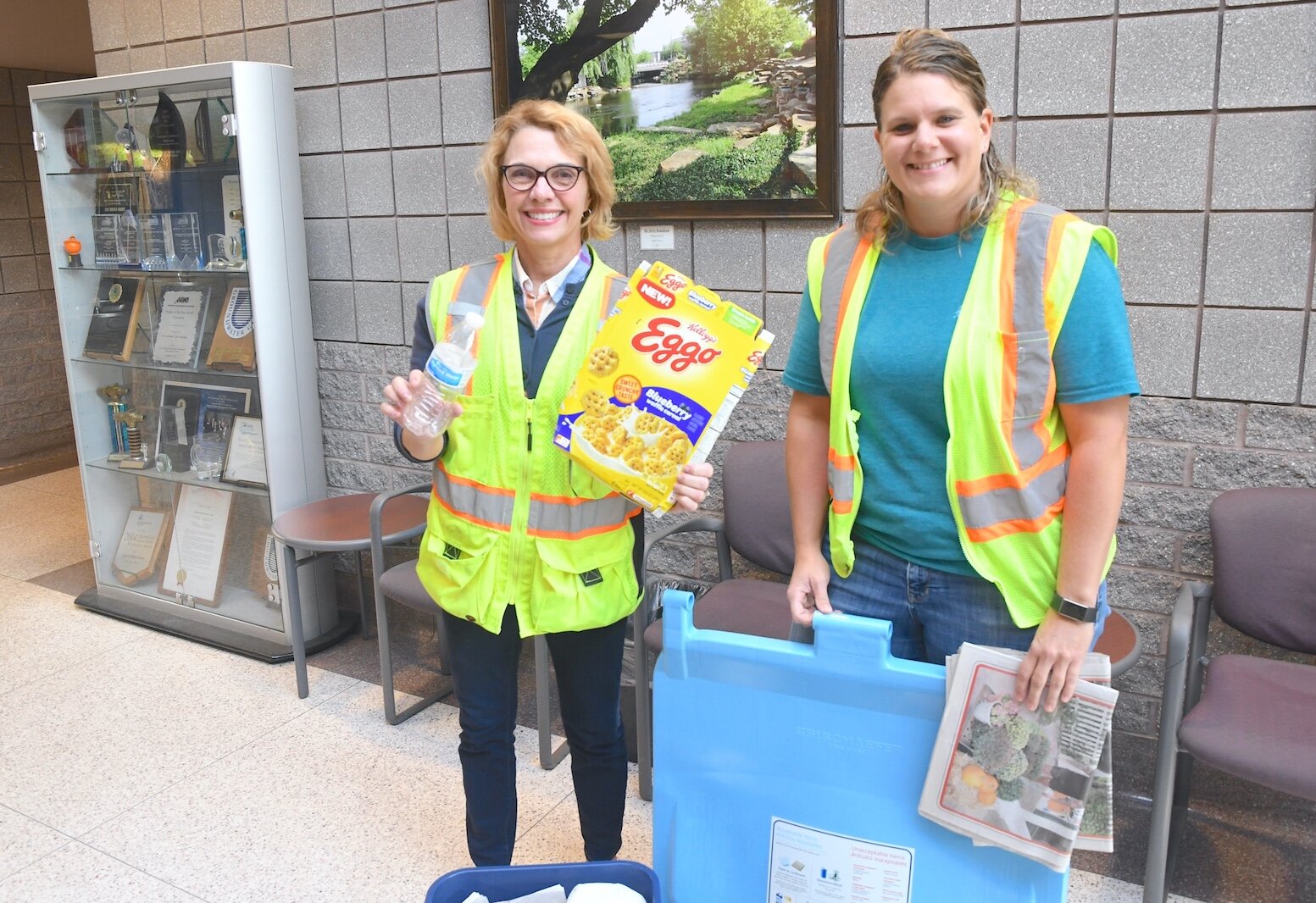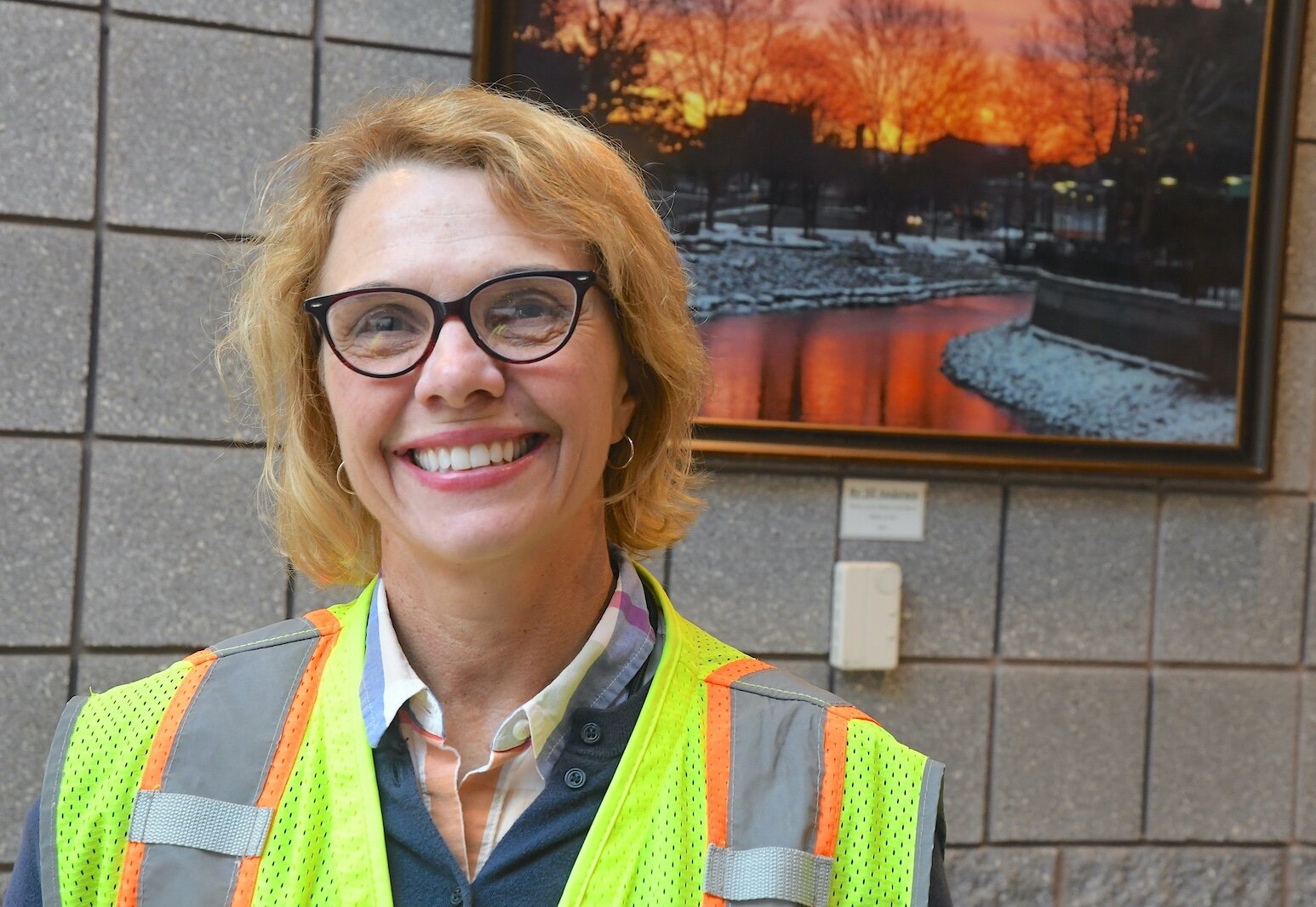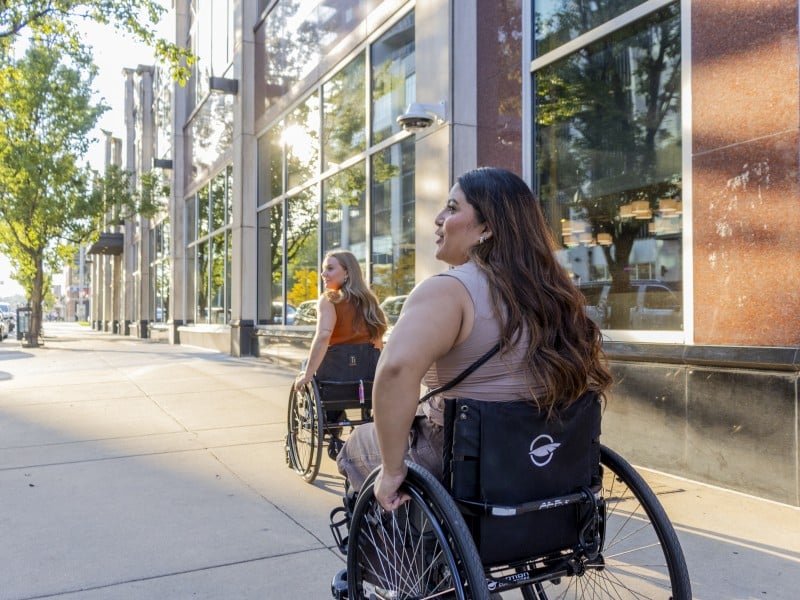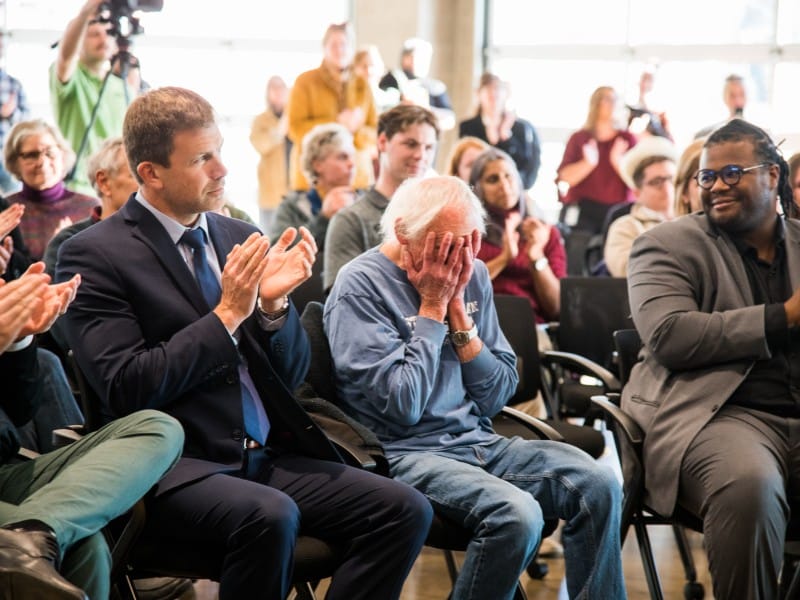Voices of Youth: How to be better at recycling household waste
Recycling continues to become a more normalized part of the daily routine in many households, but most people don’t know what happens to the items they put in their recycling carts after waste haulers take them away.
This story is being published to lift up and support local youth as part of the program “Voices of Youth Battle Creek,” sponsored by On the Ground Battle Creek, part of Southwest Michigan’s Second Wave, and financially supported through coalition underwriting. This story was written by Riley Marszlek, who graduated from Lakeview High School and is currently studying in Australia.
We want to do the right thing when we recycle household waste but are we?
Recycling continues to become a more normalized part of the daily routine in many households, but most people don’t know what happens to the items they put in their recycling carts after waste haulers take them away.
Your good intentions may inadvertently result in more waste.
Recyclable materials are typically divided into two categories, single-stream and multi-stream. Most people are familiar with single-stream recycling, where you put all of your recyclable materials in one bin for it to be picked up. This is the most convenient way to recycle, but not necessarily the best way.
Sarah Lundy, the Calhoun County Recycling Coordinator, says single-stream recycling generates a lot of recyclable materials, but it’s not as valuable because it’s more contaminated. She says that contamination is one of the biggest problems in recycling.
Multi-stream recycling requires a little bit more work. As you need to separate the materials into separate containers (paper, cardboard, plastics, etc.).
“People just don’t always know. They want to recycle, so they put it in the recycling cart but they may contaminate the whole thing,“ says Battle Creek’s Environmental and Storm Service Manager Patty Hoch-Melluish. “If liquids or food are left in a container when it gets compacted by the truck picking it up it leaks contaminating the load.”
Lundy says, “The material is still valuable and recyclable, it’s not top quality material. What we do at the Marshall Recycling Center is based on our needs — being able to supervise what’s coming in so we can control the material and limit contamination. It works really well for residents who want to make sure their stuff is being totally recycled and that it’s at the premium condition that it can be while being recycled. We ask people to bring the stuff sorted and as separated as possible just because we don’t have very many staff.”
The benefit of using the recycling center instead of curbside pick-up is that it keeps recycling contamination to a minimum. That will allow it to become a higher level of product. It’s also less likely to end up in a landfill. If you want to ensure that your recycling is truly being recycled, then multi-stream recycling is the way to go.
At the beginning of 2020, a huge portion of Battle Creek recycling was going to landfills due to contamination. While some products may be made out of plastic, they cannot be recycled in single-stream curbside programs. An example of this would be film plastic such as grocery shopping bags. At a machine-sorted facility, they get caught and tangled up in the sorting line. Workers usually have to clean the machine at least once a day and it can be down for hours.
As a community, Battle Creek struggles to communicate efficiently and is still figuring out the kinks of recycling. Currently, you can visit sites like bcwater.org to look at the community calendar and find collection dates for styrofoam, electronics, and tires. BC Works is another great resource, it’s the city of Battle Creek‘s Department of Public Works newsletter. It contains information on what can and cannot be recycled.
Education is the next step, says Bessie Stears Battle Creek’s Environmental Program Coordinator.
“I think visualization is huge, people in the city don’t know” what can be recycled, Stears says. “Explaining the recycling process helps people understand why certain items can’t be recycled or why you have to clean them before placing them in the recycling bin.”
Proper education will lead to less contamination and less waste, which is the whole point of recycling. While our city may not be big our effort is essential. Landfills in Michigan created a total waste of 1,522,350.05 cubic yards in 2021 alone, according to the State of Michigan.
“Battle Creek’s single stream recycling first goes to Kalamazoo (that’s their transfer station) and eventually goes to Elkhart and from there we don’t know,” says Hoch-Melluish.
Another issue with the recycling process is that there are unknown factors such as where the material goes after being transferred to another station. You can counteract this by asking your local representatives what’s happening to all of this material. Expressing your concern for the environment may push representatives to discuss the problem and possible solutions.
Hoch-Melluish says that discussing recycling in school will also get more people to actively participate in recycling and question what happens to that material. Children will take what they are taught and share it with their families, which will hopefully lead to more conversations about the importance of recycling.
The key to improving the community’s efficiency and quality of recycling is an open process. Communication needs to be clear and honest; that is the only way we will be able to recognize problems. We should connect with experts who will be able to help educate us, so we can answer the question: does this belong in the recycling?

